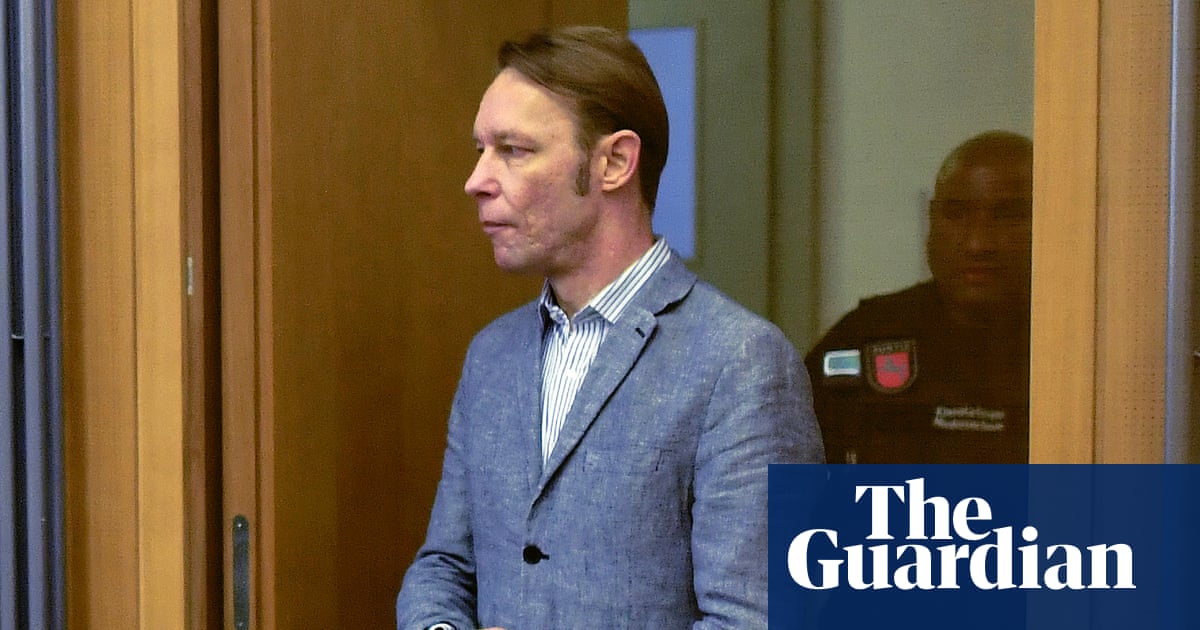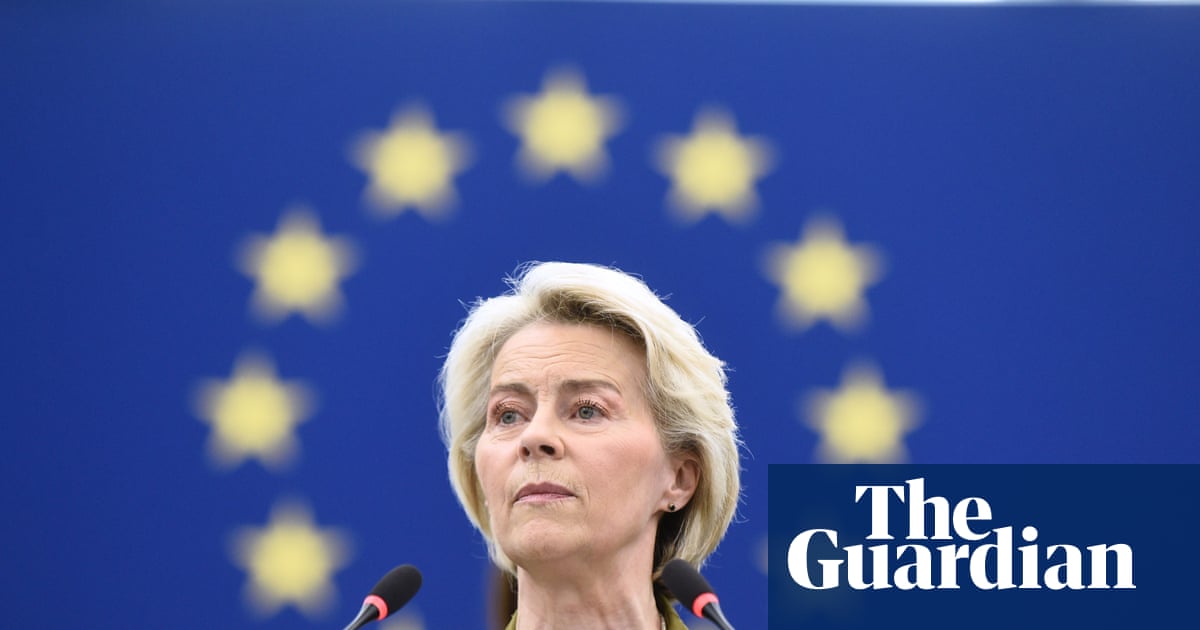Opinion polls don’t always provide a precise picture of voters’ mood – and the next general election is still four years away. But Labour strategists will doubtless be poring over the data, and it’s not pretty.
Analysis by the Guardian found Labour’s drop in the opinion polls in its first 10 months of power is the largest of any newly elected UK government in 40 years.
Whether it is losing a majority of the seats it contested in the local elections or dropping behind Reform UK in recent polling, there are several warning signs that Labour is facing an increasingly disenchanted public.
Strategists are split on the significance of the poll ratings so early into the term, and whether this will prove to be a permanent blot against Keir Starmer’s government or whether it can bounce back with a few years of gradual improvement.
However, as Labour’s poll ratings slip further – the latest monthly polling average put the party on 23% in May – concerns are growing that time is already running out.
There have only been two other times in the last 40 years when Labour has been so unpopular: in 2009, when Gordon Brown was dealing with the financial crash a year before he was ousted from government, and in 2019, when Jeremy Corbyn was months away from being defeated by Boris Johnson in a landslide election result.
The slip in polling ratings for Labour since the 2024 general election is the worst for any government since 1983, when data from PollBase begins. Labour has dropped from polling at 37.5% in July 2024 to 25.2% in March 2025 – a fall of 12.3 points in just eight months.
Before this, the biggest recorded drop in popularity for a new government was in 1992, when John Major’s Conservatives fell 7.7 points in 10 months.
One glimmer of hope for Starmer is that the Conservatives have failed to capitalise in any meaningful way, gaining just 1.5 points. The main beneficiary of this lack of trust in the two main parties has been Nigel Farage’s Reform UK.
Aside from the party positions in the polls, the ratings for the prime minister himself are also worrying. Starmer’s favourability rating was -31 in May, according to data from Ipsos’s Political Pulse. While that was a slight improvement on February, it was still one of his lowest ratings since becoming prime minister.
Starmer’s drop in favourability across the 10 months since the general election, of 38 points, is similar to that of Boris Johnson in the 10 months to February 2022, at the height of the Partygate scandal. This ultimately led to Johnson having to resign as prime minister, and the Conservatives never really recovered their poll ratings after that.
Ipsos’s director of politics, Keiran Pedley, said: “With up to four years until the next general election, a comeback is certainly possible. However, if Starmer wants to remain in No 10 beyond that election, he will have to persuade the public his government is delivering on key issues like the economy, cost of living and public services and that Labour’s plans for the future, above others, are the right ones for Britain.”
Polling on policy areas also makes for troubling reading for the government. Data from YouGov shows that the public think immigration, the economy and health are the three biggest problems facing the UK in May. Crime, defence and housing are next on the list.
The proportion of the public who think Labour can handle each of these six problems the best has dropped since the party took power. The biggest drops were recorded in health, housing and the economy. Each of these are areas that Starmer identified as ones he wanted his government to improve, but so far the public remain unconvinced.
In July 2024, 29% of people thought Labour would handle the economy best; now that proportion is now just 16%. Labour is now behind both the Conservatives and other parties collectively on the economy. YouGov did not break out support for Reform in these policy areas, but it can be assumed that the recent rise in support for “other” parties can be in part attributable to its rise in support.
Joe Twyman, the founder and director of the public opinion consultancy Deltapoll, said: “If Labour are going to restore their position in the polls, they need to restore trust in these key areas. At the moment they’re not – but at the same time, it could be reasonably argued that no party really is. This is a problem but also an opportunity for them.”
Labour is not winning the blame game on the economy – something that it put a lot of emphasis on in its early days of power with the chancellor Rachel Reeves’ claims of a “£22bn hole” of unfunded commitments for 2024.
Among those who view the economy negatively, Ipsos polling shows that the decisions of Starmer and Reeves are seen as the biggest contributing factor (56%) – more significant than the Covid-19 pandemic and Russia’s invasion of Ukraine.
When looking at where Labour’s 2024 voting coalition is at now, we can see why there may be confusion about how to target these voters. Different polling companies have slightly different figures on this, but one thing is clear: the Liberal Democrats and Reform are each claiming about one-tenth of Labour’s 2024 voters. The Greens are polling at about 5-10% among this voting group, and the Conservatives are picking up a nominal amount.
Losing votes in three directions – to the left, the right and to the centre – presents a significant challenge for Labour, in that there is not a clear way to easily target the voters it is losing.
Polling experts agree that the fall in ratings across the board – whether it’s about parties, personalities or policies – is cause for concern.
Prof Sir John Curtice, of the University of Strathclyde, said: “You need to define what a government is about. Starmer has come into government posing as your friendly neighbourhood plumber. He’s said he’s going to repair broken pipes of the economy, fix the broken heating of the health system. The trouble is, the public wants an architect who will have a vision to build a new building, rather than fixing the old.”
He argued that while Labour is losing voters, there is still hope – if the party can find a way to position itself where it wants to be.
“The world is different – in a world of five-party politics, you might only need 30% to win a general election,” he said. “If the plumber can eventually fix things in three or four years, people might be sufficiently happy that they return. In the meantime, you have Farage voicing people’s discontent.”

 3 months ago
259
3 months ago
259

















































